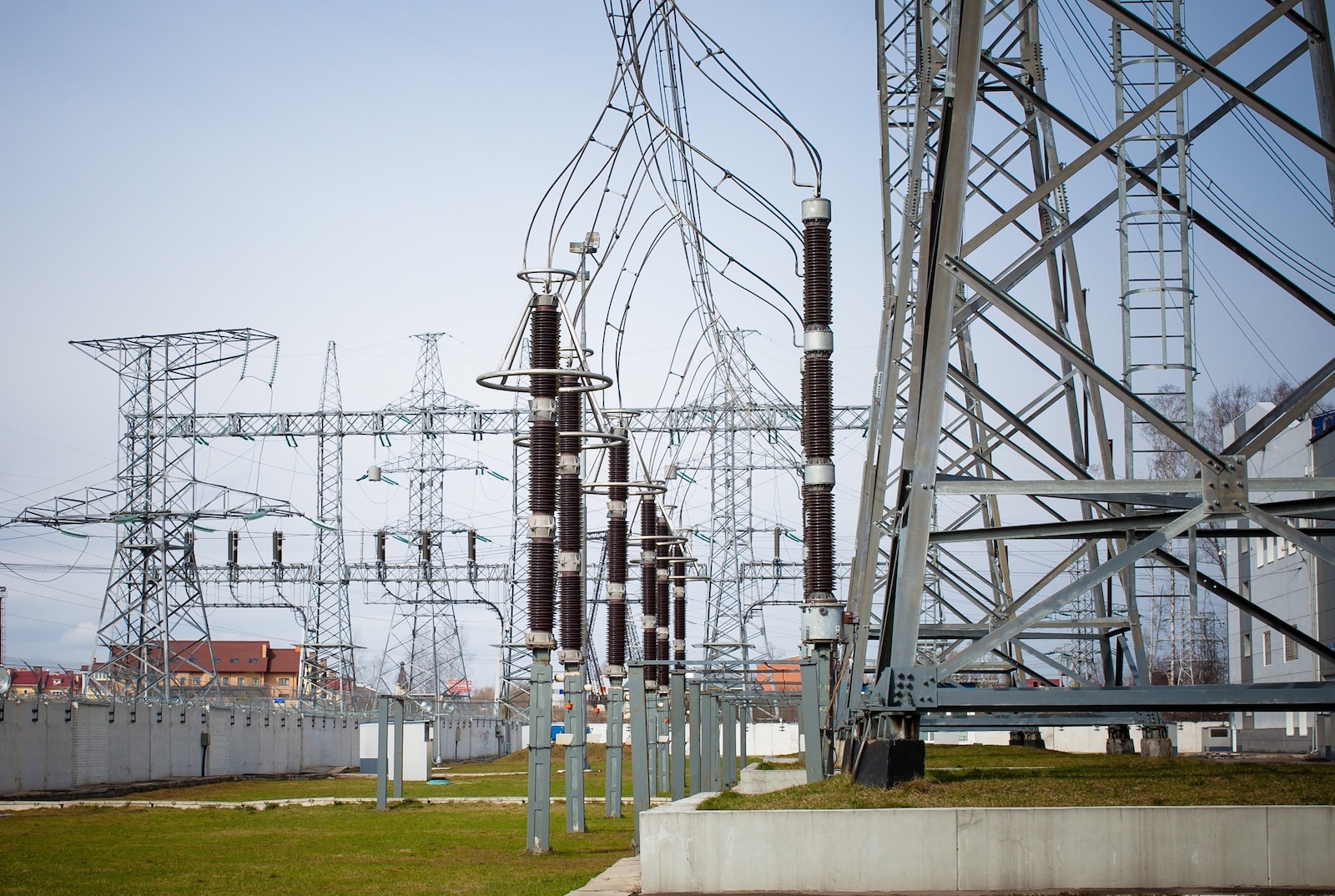Technical report for using IEC 61850 for FACTS has been published in its draft version
As the document states, the IEC 61850 standard series had been started focussing on the main primary equipment and functionality of conventional AC substations in the first place. By now it has been widely deployed and has become state of the art in that area.
Soon after, ambitions emerged to make IEC 61850 applicable to a largely widened range of equipment and functionality. Even completely new domains, like wind or hydro power generation, have created extensions to the standard series in order to match their applications.
Completely new domains, like wind or hydro power generation, have created extensions to the standard series in order to match their applications.
Thanks to the very generic basic information and communication structures of IEC 61850 and the integrated services provided, most of domain requirements can be easily adopted and fulfilled with IEC 61850 core functionality. Most of the extension work thus just needs to focus on creating a domain specific data modelling, which allows to semantically describe the domain specific signals.
Due to the latest boom of deploying an exponentially increasing number of power electronics and semiconductor based equipment directly in the area of medium, high and ultra-high voltage transmission networks, the call for integrating those direct current related processes and control systems into IEC 61850 is only logical and consecutive.
Two main groups of DC based types of applications exist: FACTS devices (shunt and series connected) that mainly influence the network at a definite point of connection and Power Converters (e.g. HVDC, SFC) that additionally allow to transmit active power between two different points of connection.
Due to the latest boom of deploying of power electronics and semiconductor based equipment, the call for integrating those direct current related processes and control systems into IEC 61850 is only logical and consecutive.
The benefits of those technologies are clear: as methods to influence conventional AC networks are limited, DC based technologies provide the possibility to actively adjust power flow and network parameters like frequency and voltage within just milliseconds. They help to support network stability, performance and quality, increase transmission capacity. They enable transmission tasks that would otherwise be technically borderline or impossible, moreover doing so mostly with unprecedented efficiency respectively low losses.
FACTS and Power Conversion are thus indispensable to secure power supply and represent a vital component within the backbone of efficient, reliable and resilient future smart grids. This technical report finally enables those technologies to also become an integral part of the IEC 61850 world.
Document describes 12 new logical nodes:
- AEPC (Automatic Emergency Power Control),
- ARUB (Automatic Run-Up/Run-Back Module),
- ASEQ (Generic Automatic Sequencer),
- ATCC (Automatic Tap Changer Controller),
- CFPC (Control of FACTS and Power Conversion),
- CREL (Control Release),
- GFUN (Generic Control Function),
- MCON (Converter Measurement),
- RLFR (DC Line Fault Recovery Sequence),
- XFPC (FACTS and Power Converter device),
- XDCC (DC Circuit),
- ZHAF (Harmonic Filter).
Closing date for comments is October 28, 2016. The document is available in TC 57 Dashboard at IEC website.

